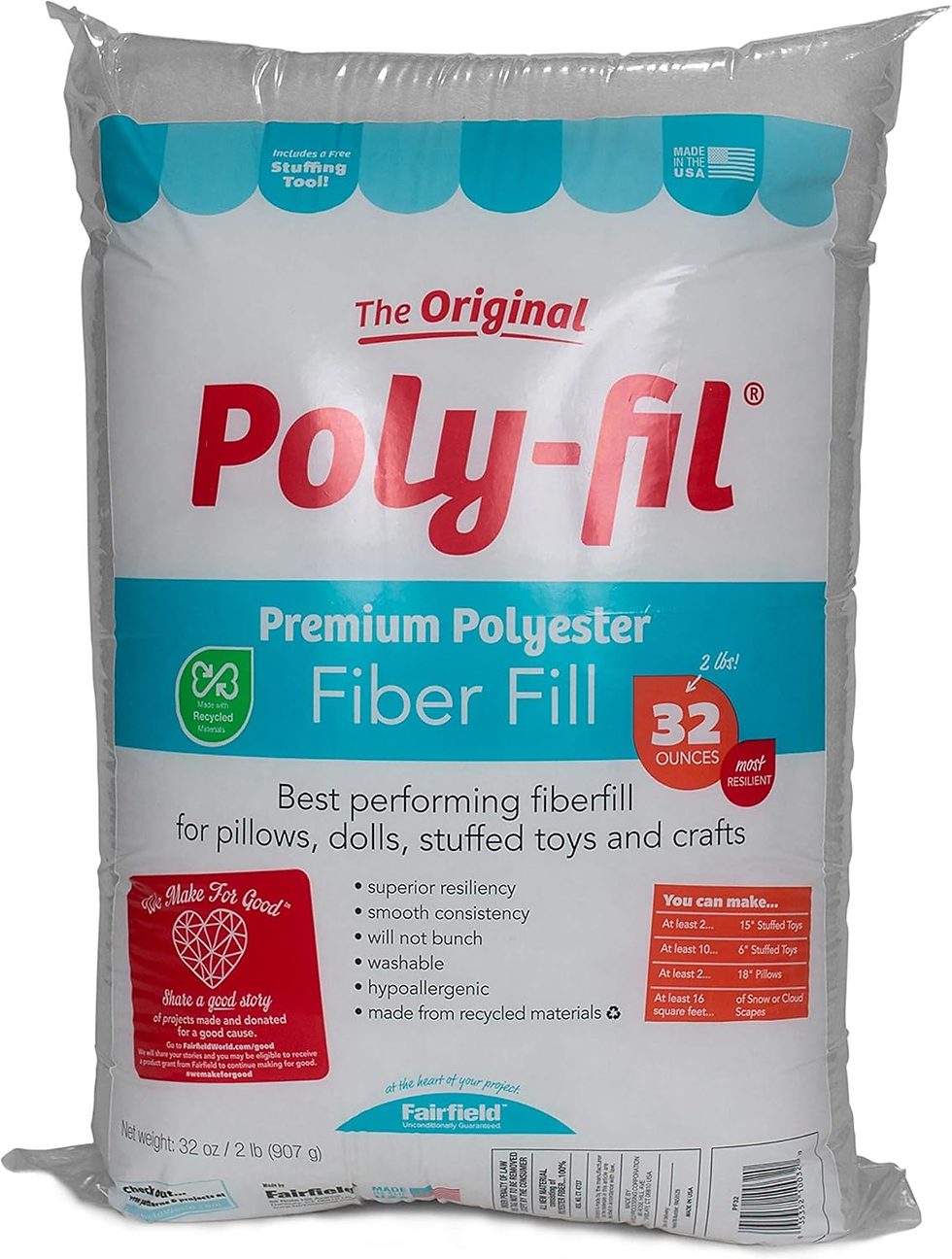Miniature Furniture Making (1:12 & 1:6)
- Crafta Hub
- Aug 31
- 3 min read

Miniature furniture making is where imagination meets craftsmanship. Building tables, chairs, beds, and wardrobes in scale lets you create one-of-a-kind interiors for your dollhouse or roombox. With the right tools and materials, miniature furniture making (1:12 & 1:6) becomes both achievable for beginners and limitless for advanced miniaturists.
This guide covers the essential tools and supplies for miniature furniture making, with pro tips, FAQs, and solutions to common mistakes.
Why miniature furniture making matters
Customization: Create pieces that fit your exact scale and interior style.
Quality: Hand-built furniture often surpasses mass-produced kits in realism and durability.
Creativity: Mix wood, fabrics, hardware, and paint for designer-level results.
Scalability: Skills transfer easily between 1:12 dollhouses and 1:6 fashion doll dioramas.
Supplies Table — Miniature Furniture Making
Tool / Material | Best For | Why Miniaturists Love It | Where to Shop (add later) | |
 | Basswood / Stripwood (1–3 mm) | Tables, chairs, cabinets | Easy to cut, fine grain | |
 | MDF / Plywood (⅛″) | Sturdy furniture bases | Flat, durable panels | |
 | Mini Drill / Pin Vise (0.5–3 mm bits) | Knobs, hinges, wiring holes | Precise and safe | |
 | Micro Chisels (2–6 mm) | Grooves, mortises, decorative lines | Essential for realism | |
 | Needle Files & Sanding Sticks | Refining edges and curves | Smooth professional finish | |
 | Mini Mitre Box + Razor Saw | Accurate angled cuts | Square, repeatable joints | |
 | Clamps & Corner Blocks | Holding glued joints | Square, gap-free builds | |
 | Mini Hinges, Knobs & Handles | Cabinets, drawers, doors | Instant realism | |
 | Polyfill / Foam & Upholstery Fabric | Cushions, sofas, bedding | Soft, realistic texture | |
 | Cotton, Linen, Velvet fabric | Upholstery & drapery | Scale fabric choices | |
 | Spray Primer & Acrylic Paints | Prepping and finishing | Smooth, durable coats | |
 | Wood Glue / PVA / Tacky Glue | Assembly & fabric application | Clean, strong bonds | |
 | Epoxy Resin (2-part) | Strong joins & glassy surfaces | Extra durability | |
 | Pre-cut furniture kits | Pre-cut furniture kits | Fast, beginner-friendly | Find on Etsy |
 | 3D Printing STL Files | Chairs, lamps, decor | Unlimited prints, customizable |
Cutting & shaping — miniature furniture making
Accurate cuts are the base of strong furniture. Use stripwood for frames and MDF panels for tops. A mini mitre box + razor saw ensures perfect 90° and 45° joints. Refine edges with needle files and sanding sticks.
Joinery & detailing — miniature furniture making
Drill clean holes with a mini pin vise.
Carve decorative grooves with micro chisels.
Add mini hinges and brass handles for working drawers and doors.
Strengthen large joints with micro pins or epoxy resin.
Upholstery — miniature furniture making
Use polyfill + upholstery fabrics (cotton, linen, velvet) for sofas, cushions, and beds.
Stretch fabric gently, secure with tacky glue, and trim excess.
For realism, scale down fabric patterns — small prints look better in 1:12.
Finishing — miniature furniture making
Prime wood with spray primer before painting.
Use acrylic paints for quick drying and easy mixing.
Add realism with metallic paints (hinges, hardware).
Seal with matte, satin, or gloss varnish depending on the surface.
✅ Pro Tips
Always dry-fit before gluing.
Use right-angle jigs for square joints.
Keep one set of brushes for metallics only.
Test upholstery fabric on scraps before final use.
Label drawers and panels during assembly to avoid mixing parts.
❌ Common Mistakes
Warped panels: no primer → always seal before painting.
Oversized fabric prints: looks unrealistic → choose smaller patterns.
Crooked joints: no mitre guide → use mini mitre box.
Loose hardware: skipped pilot holes → pre-drill with pin vise.
🔍 FAQ — Miniature Furniture Making
Q: What’s the best wood for miniature furniture making?
A: Basswood is the favorite — fine grain, easy to cut, lightweight, and strong.
Q: Can I 3D print miniature furniture?
A: Yes — STL files allow unlimited prints. Resin printers give crisp detail; FDM printers work for larger pieces.
Q: How do I make upholstered furniture?
A: Use foam or polyfill + fabric scraps. Cut to scale, stretch gently, and secure with tacky glue.
Q: Do I need power tools?
A: Beginners can work with hand tools only. A rotary tool or mini lathe expands possibilities for spindles and turned legs.


Comments